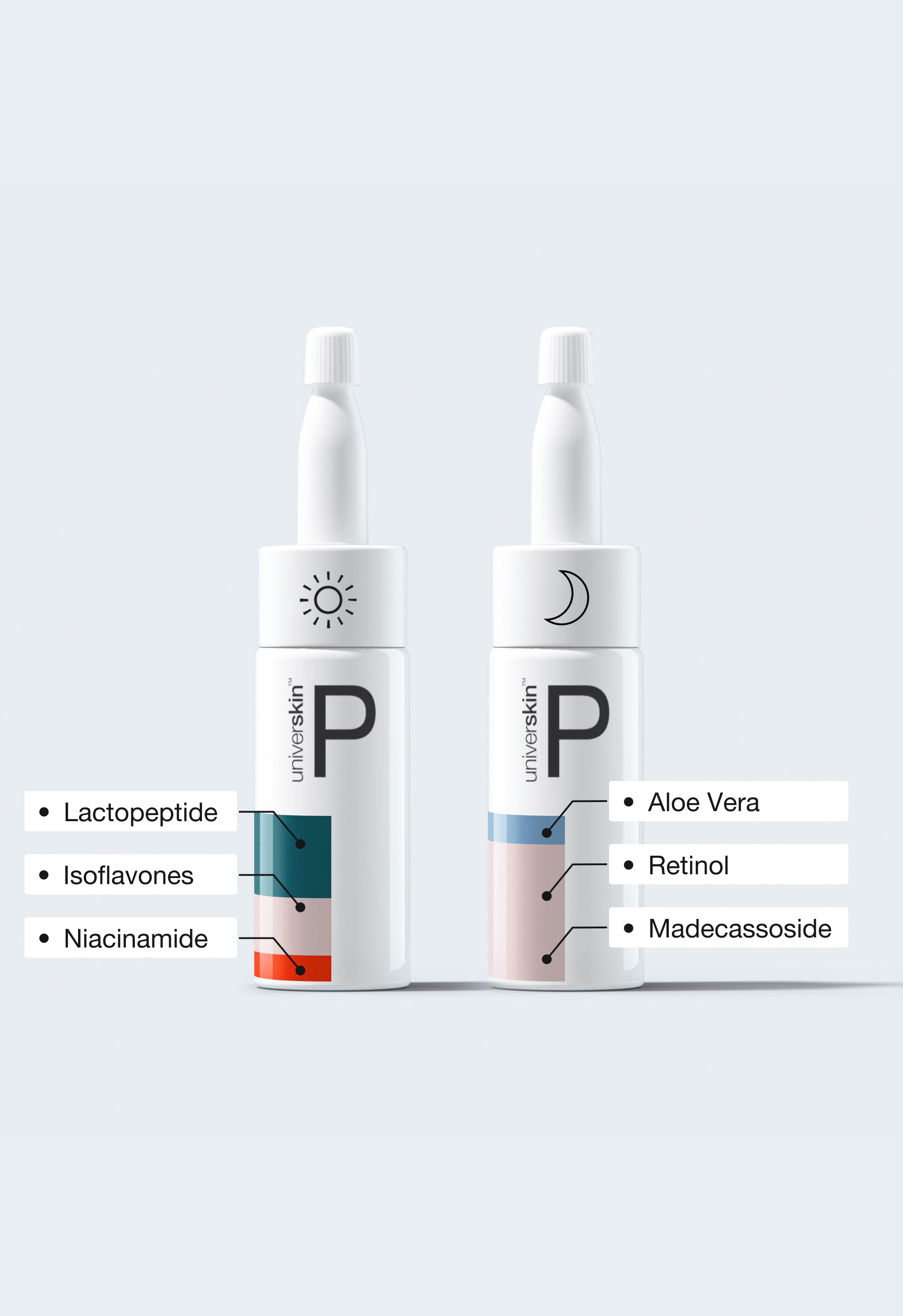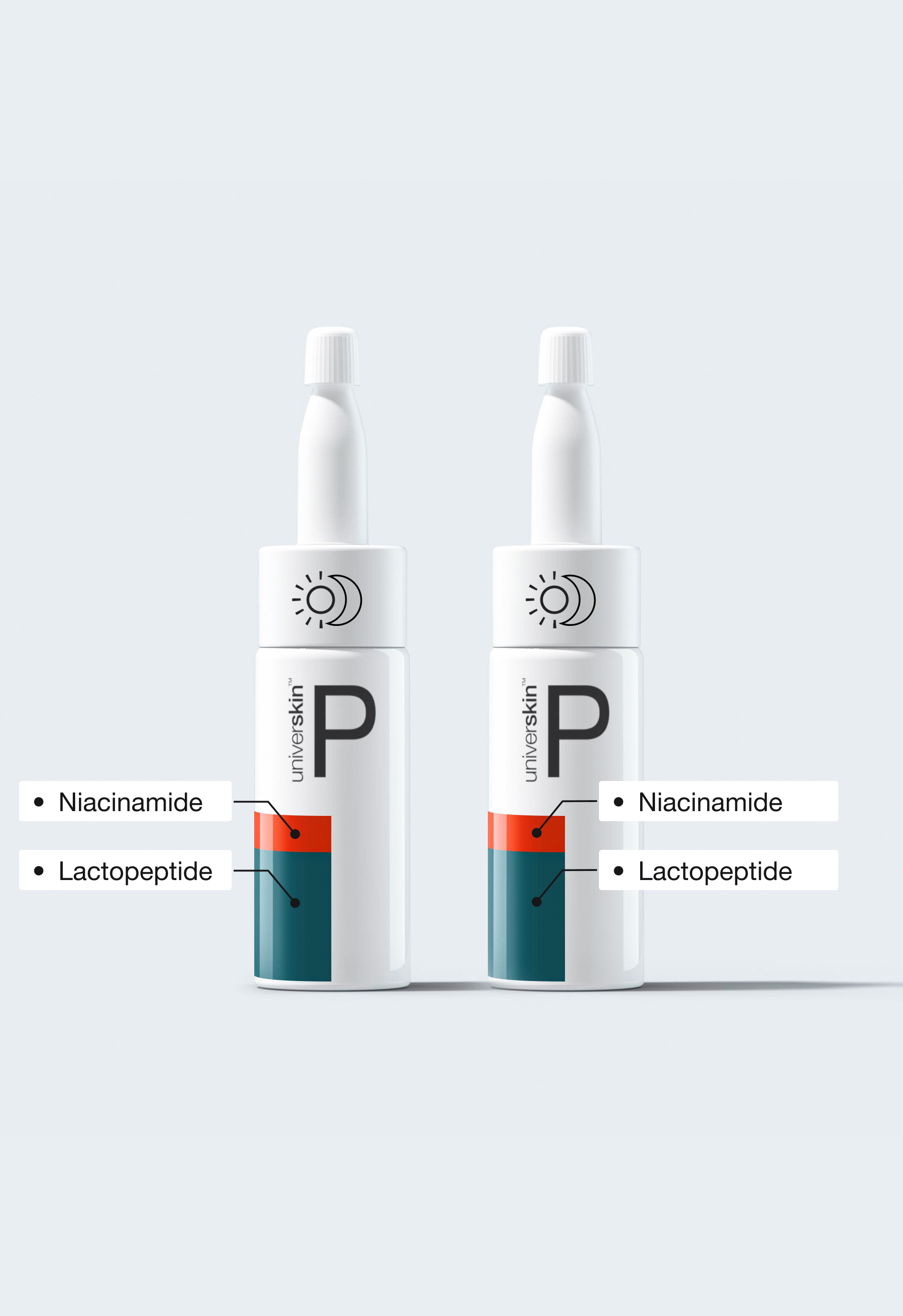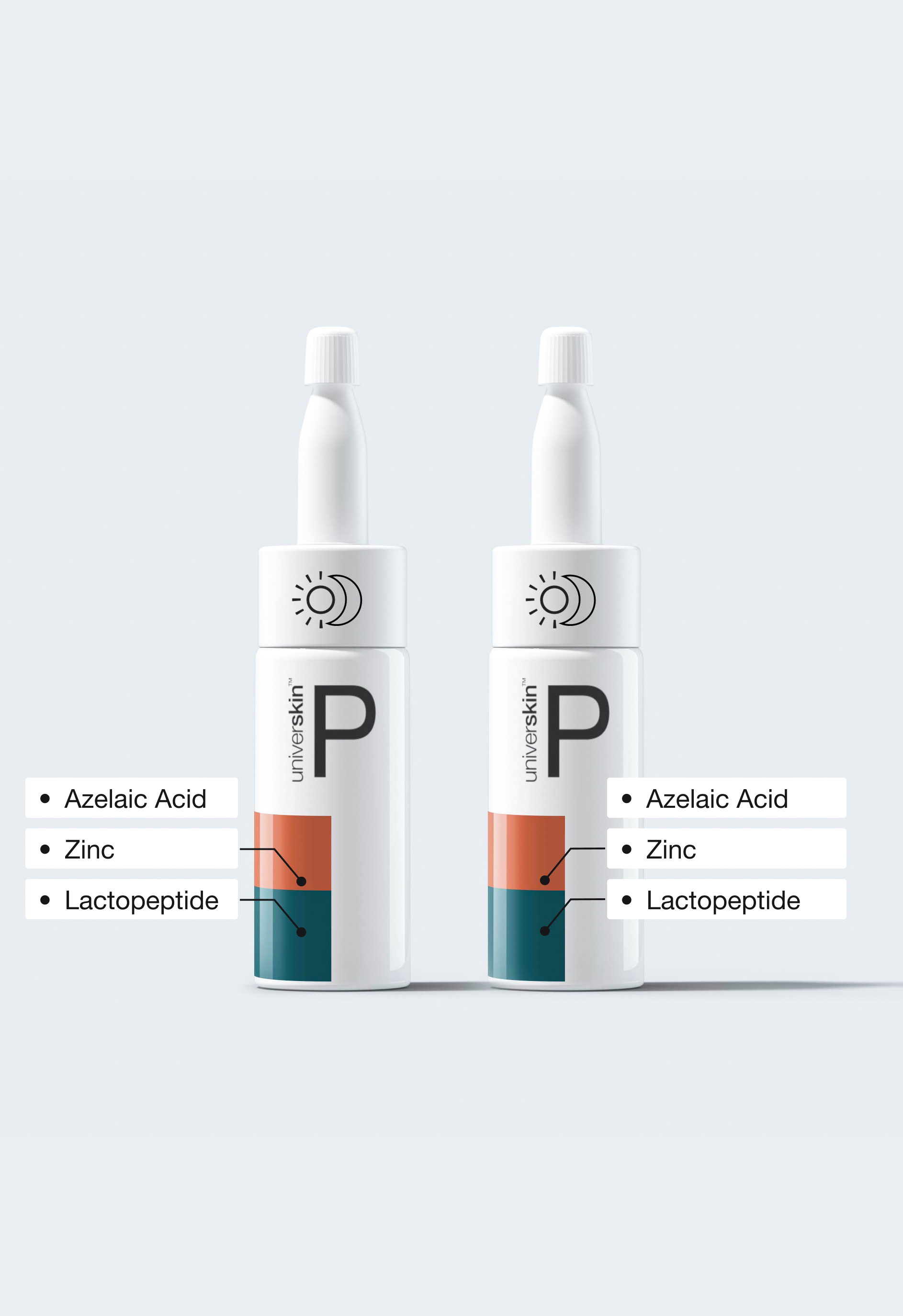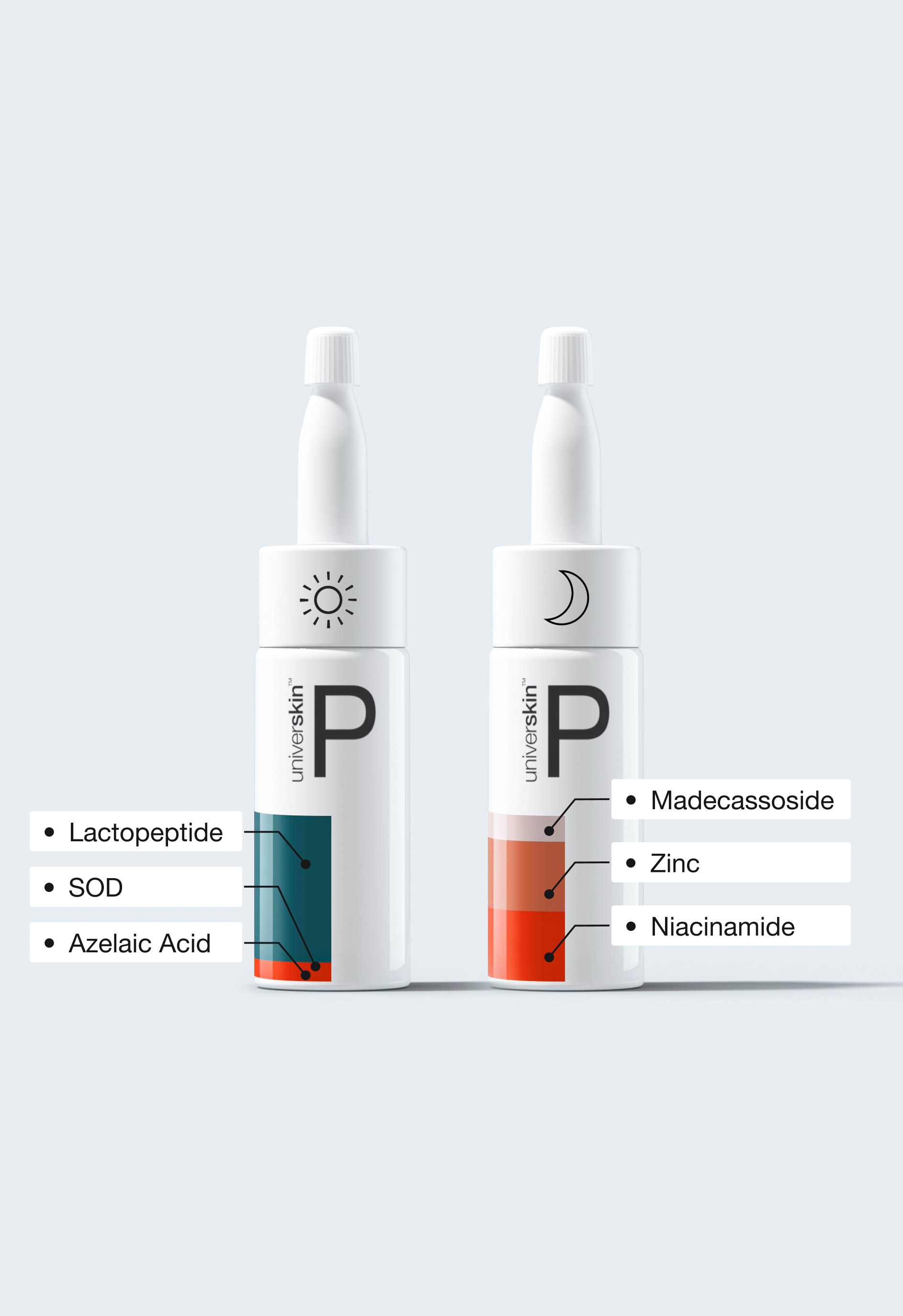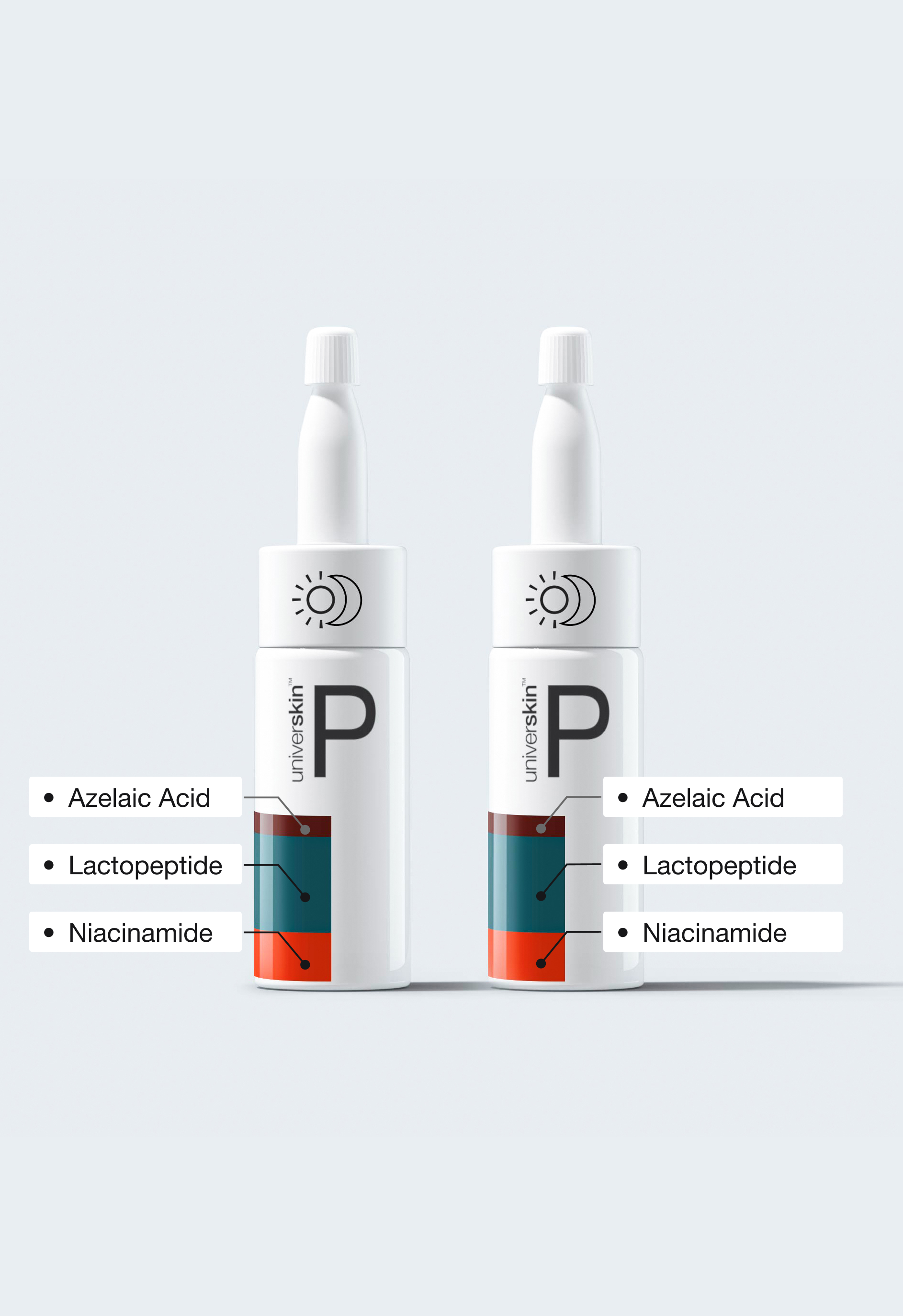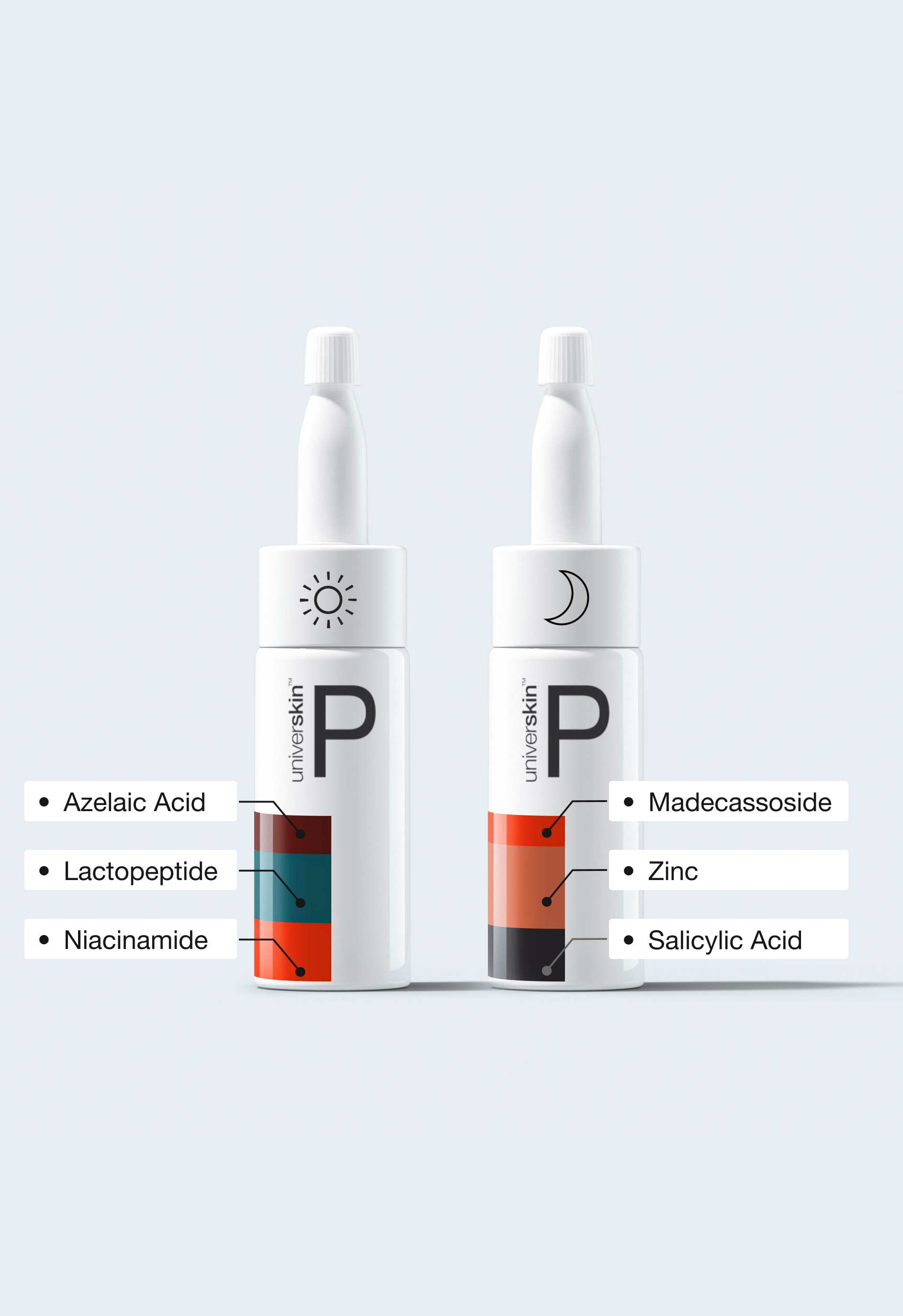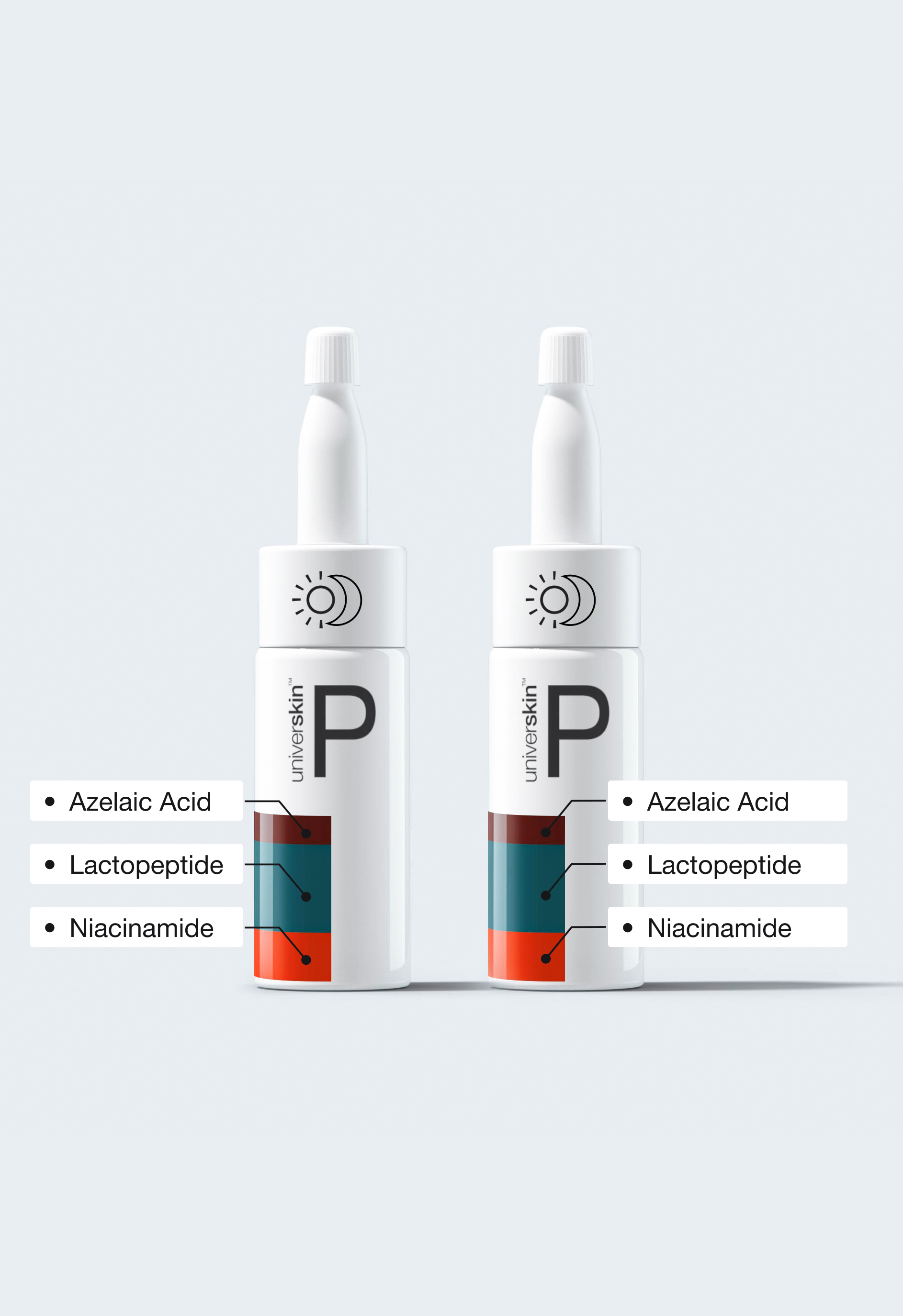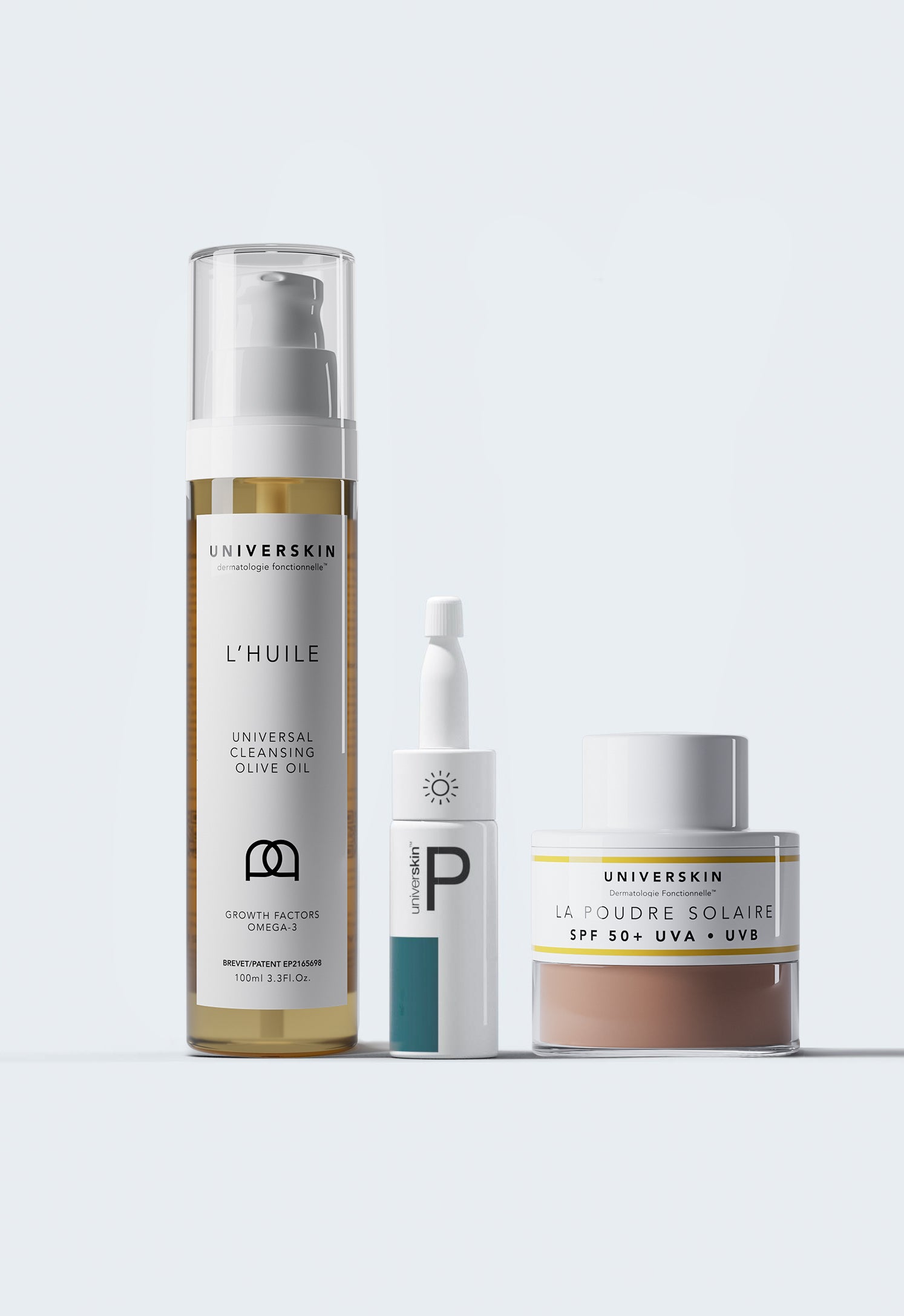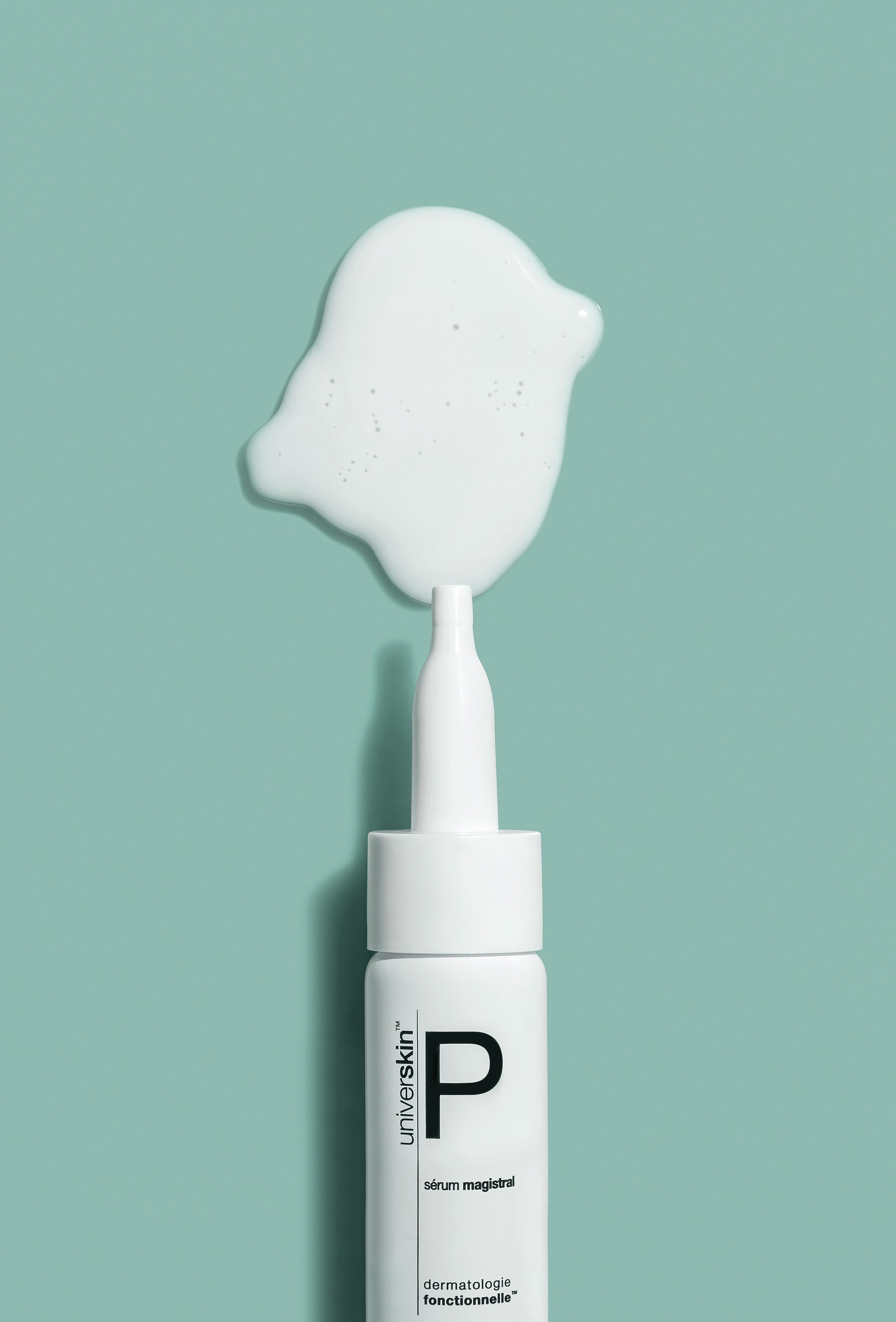LACTOPEPTIDE
Lactopeptide contains a natural antimicrobial peptide that is derived from the fermentation of the lactic acid bacteria, Lactococcus lactis. This ingredient is known for its broad-spectrum antibacterial properties without the risk of resistance. It is suitable for use on a variety of skin types and has the potential to provide a natural and effective solution for a variety of skin concerns.
Concentration
Lactopeptide is provided at 2.5% strength which means 500 000UI of antimicrobial agent.
Who Should Use It
Lactopeptide is suitable for all skin types. It is especially beneficial for skin with imperfections like pimples, acne-prone skin, redness, and an imbalance of the skin flora with the risk of infections like sensitive, weakened, or atopic prone skin. It can also be applied to the skin before a medical procedure to reduce the risk of infection.

Can Be Used In Combination With
Lactopeptide can be used in combination with other active ingredients like Zinc, Azelaic acid, Superoxide Dismutase (SOD), and Ferulic acid for enhanced benefits.
Don't Use It If
There is no known restriction for the use of lactopeptide but if you have a very sensitive skin or allergies, it is always recommended to test products on a small skin area before using on the face.
Origins of the Ingredient

The active ingredient of Lactopeptide is produced by Gram-positive bacteria and belongs to the bacteriocin. It was first identified in early 20th from fermented milk cultures and sold as a bio-preservative in England in the middle of the century due to its ability to inhibit pathogen growth. It can be found in natural and bio-engineered variants, either obtained by extraction from Lactococcus or Streptococcus strains, or bio-engineered from genetically modified strains to enhance its inhibitory effects against Gram-negative pathogens.
Chemical Composition
It is a natural antimicrobial peptide produced by the bacterium Lactococcus lactis. It is a small peptide consisting of 34 amino acid residues, which is classified as a “lantibiotic”, a type of peptide that contains the unusual amino acids that give its properties.

Mechanism of Action
The unusual amino acids in the antimicrobial peptide play a crucial role in its antimicrobial activity by enabling it to bind to and disrupt the cell membranes of target bacteria. Thanks to its structure, the peptide can easily insert into the bacterial membrane and form pores, which disrupt the membrane and cause the cell to lyse or burst.
Benefits
Lactopeptide has several benefits for the skin, including: Broad-spectrum antibacterial properties without the risk of resistance, improving the appearance of acne-prone skin and reducing redness, and balancing the skin flora and reducing the risk of infections.
Stability
Lactopeptide ingredient is a stable ingredient and does not degrade easily.
In conclusion, Lactopeptide is an effective ingredient. Its broad-spectrum antibacterial properties, skin-balancing benefits, and compatibility with other active ingredients make it an excellent choice for those looking to improve the appearance of their skin. Its safe use by pregnant and lactating women and its stability make it a popular choice in products that work to promote healthy and clear skin.
Featured collection


